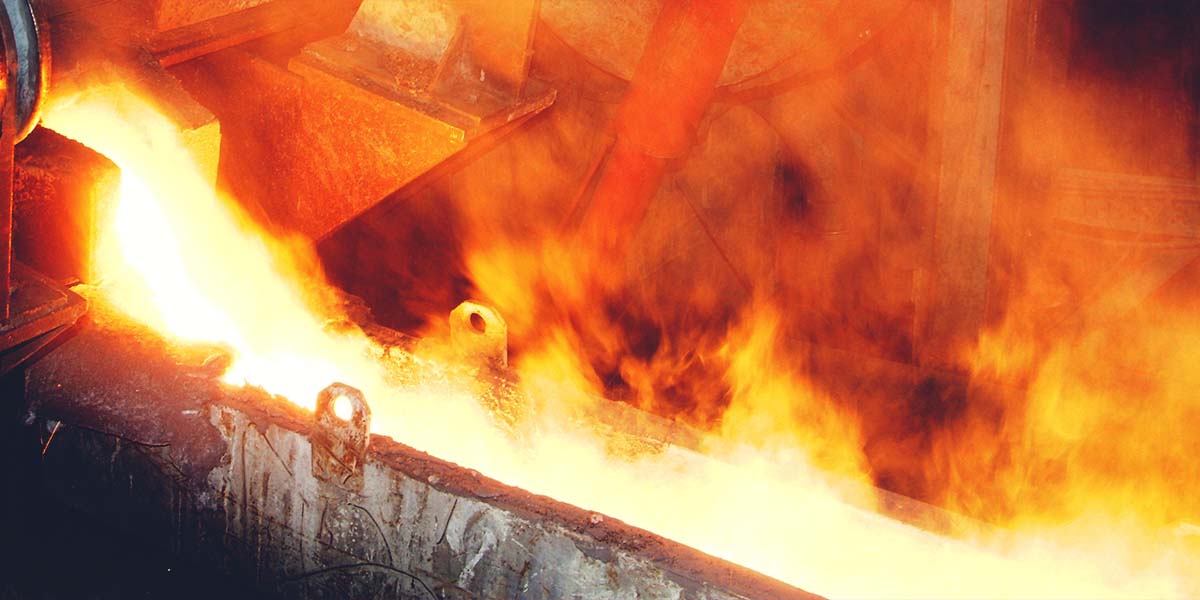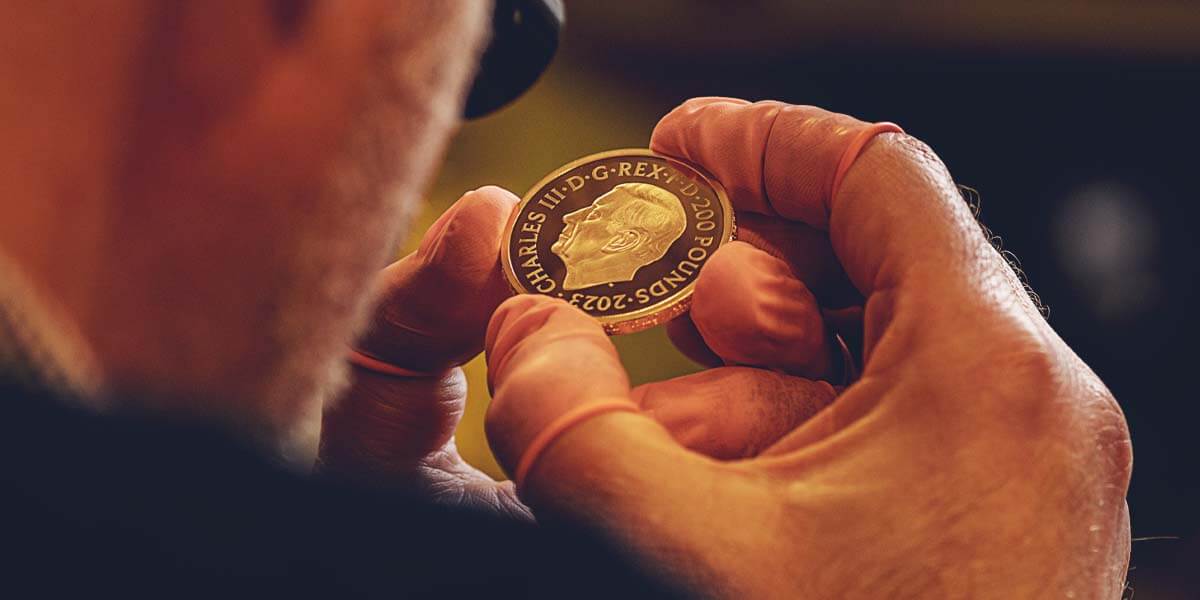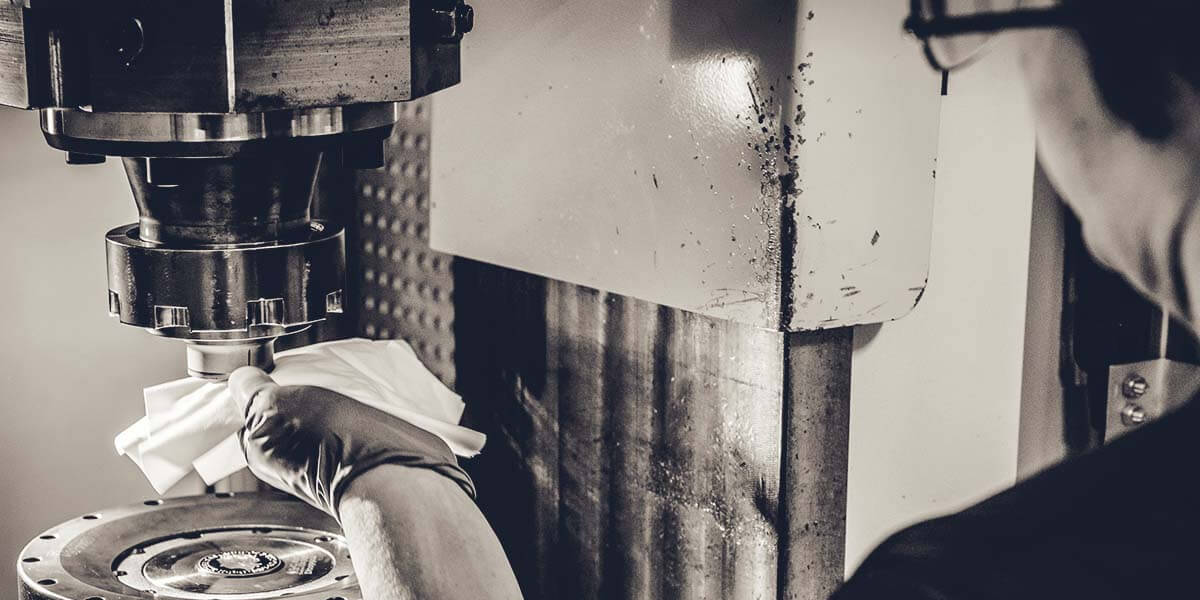Book an appointment with us X
The Making of Coins
Over The Royal Mint’s 1,100-year history, coin production has become increasingly intricate and effective. Thanks to modern technology and industrialisation, we can now produce coins at a rate that would have been unthinkable during our days at the Tower of London. Find out how we create the change in your pocket on an industrial scale.

Making Blanks
The coin-making process begins with metal that has been brought in as a coil and is then run through our rolling mills. The coil is passed through the rolling mills to reduce it to the thickness of a coin. A blanking press then punches out discs of metal called ‘blanks’, which are used for the base of our coins. The press works at an extremely fast rate and can make up to 10,000 blanks a minute.

Making Dies
Once a coin design is approved, a model is created primarily using a sculpting program. Once the digital model has been created, the engraving machine uses it to cut the design into a piece of steel the size of the final coin. This is known as a ‘die’.

Striking the Coins
For the final part of the process, we feed the blanks into a coining press that contains a pair of dies, one for each side of the coin. Applying a pressure of around 60 tonnes, the dies strike the blanks with up to 850 strikes a minute, turning them into the coins we find in our change.
